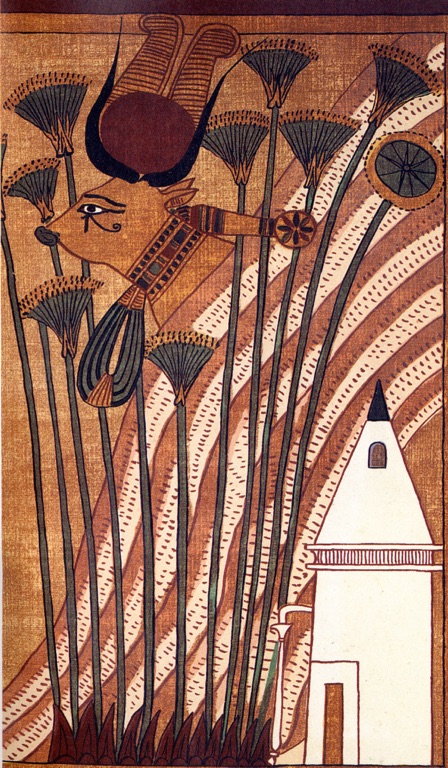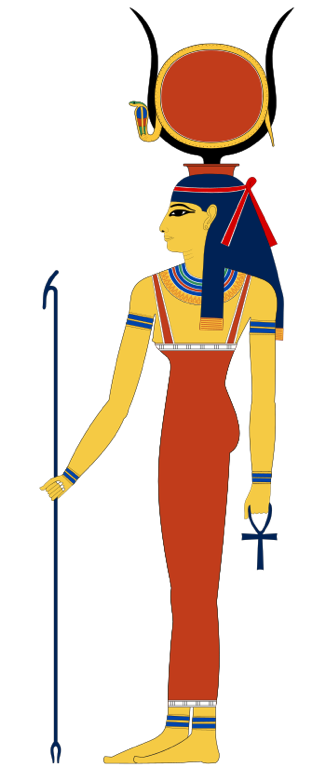Summary
Unveiling Hathor’s Revered Status
In ancient Egyptian culture, Hathor stood as a symbol of motherhood, joy, and love. She rose above other deities in her multitude of roles. Revered as the “Mistress of Heaven,” Hathor was the protector of women and a guardian of love, music, and beauty. Her depictions often show her as a cow, a woman with cow’s ears, or a woman wearing the headdress of a cow’s horns and a sun disk. This emphasizes her nurturing and life-giving aspects, akin to a cow’s role in sustaining her calves. Hathor’s worship circles back to the predynastic period, highlighting her enduring influence. Her temples, brimming with offerings, mirror her significant place in the hearts of the Egyptians. Pilgrimages to Dendera, her chief cult center, were common and served as a testament to her widespread adoration.
Get your dose of History via Email
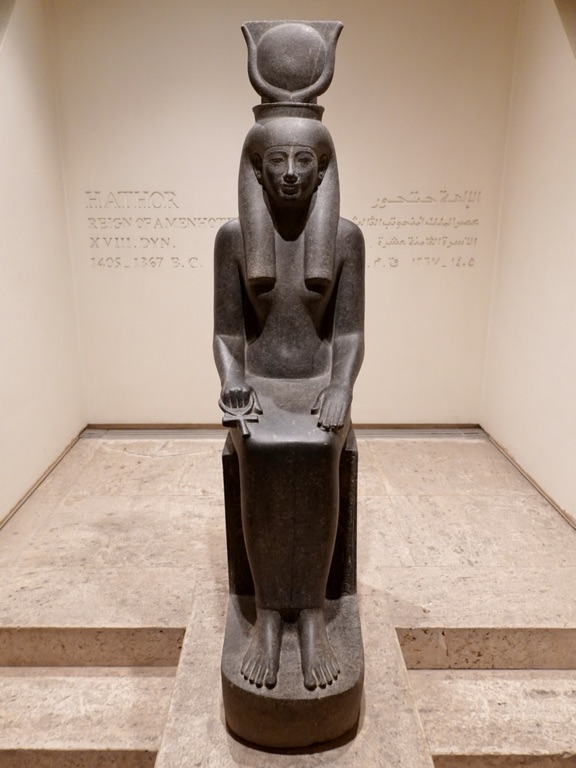
Impact on Pharaohs and the Afterlife
Hathor’s reach extended beyond mere mortal affairs to influence the divine pharaohs and the afterlife. Pharaohs sought her favor to legitimize their rule and gain divine protection. As the “Mistress of the West,” she welcomed the deceased into the next world. She offered comfort in their journey beyond death, a critical role that eased the fears of the afterlife for ancient Egyptians. Her connection to celestial bodies, seen as the “Eye of Ra” or linked to the sun and moon, painted her as a cosmic deity with far-reaching power. This solidified her place in the vast Egyptian pantheon. Devotion to Hathor lasted well into the Greco-Roman period, showcasing her resilience in an evolving religious landscape. Her mythos has withstood the test of time, capturing the essence of life and death, and remaining a captivating subject of historical and mythological study.
Hathor: Goddess of Music, Dance, and Fertility
Who is Hathor?
In the tapestry of Egyptian mythology, Hathor emerges as an emblem of joy and motherhood. Loved throughout the Nile Valley, she wears many symbolic crowns. She’s a nurturer and a symbol of femininity. As the Goddess of Music and Dance, her influence stirs the heart and body alike. Her presence in temples and art endures, revealing her esteemed role in ancient Egypt. She connects the divine and the earthly through her vibrant spirit, depicted with cow horns and a sun disk, embodying the very essence of life.
Roles of Hathor in Ancient Worship
The melodies of Hathor echo across time, as she presides over arts and festivities. Her role extends to love and beauty too. Celebrations in her honor once filled the land with music and dance, where devotees found joy and solace. Moreover, she stands as a guardian of women, particularly during childbirth. People turned to her in moments of both elation and need. She offers strength and protection, blending human experiences with celestial power. Thus, Hathor remains an enduring figure of care and celebration, revered in history as in hearts.
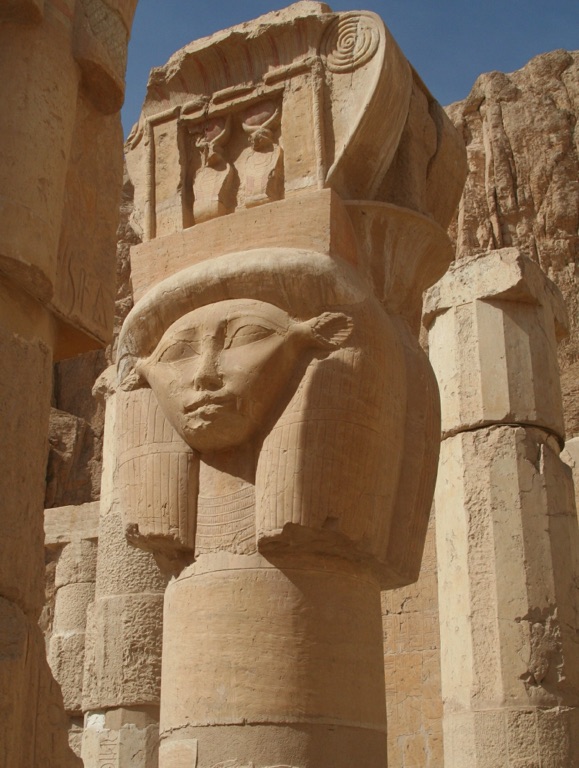
The Symbolism of Hathor Today
Today, Hathor’s influence persists beyond the sands of Egypt. She represents a timeless principle of creation and merriment. Her legacy inspires musicians and dancers, reminding us of the divine in art. Hathor teaches us the value of nurturing our joy, creativity, and connections. Her story transcends eras, inviting us to explore deeper bonds with nature, fertility, and the arts. Embracing her spirit, we acknowledge the boundless power of life and its many expressions. Hathor’s mythos encourages us to celebrate the music and dance that breathe vitality into our existence.
The Temple of Hathor: Architecture and Religious Significance
Splendor of Ancient Design
The Temple of Hathor, a beacon of ancient Egyptian architecture, stands testament to divine worship and impeccable design. This enduring structure captures the essence of religious reverence and architectural prowess. The smooth columns, shaped like the sacred sistrum instrument, bear intricate carvings that tell of Hathor’s legends. The temple’s facade impresses with colossal gateways, known as pylons, inviting seekers into its sacred halls. Once inside, visitors find themselves in shadowed collonades that lead to the inner sanctuary, the heart of the temple where Hathor was believed to dwell.
Celestial Alignments and Decor
Beyond mere stone and mortar, the Temple of Hathor incorporates stellar alignments in its structure. These link the divine to the cosmic order, a key aspect of its religious importance. On specific dates, sunlight pierces through its corridors, illuminating hieroglyphs and reliefs with precision. Scenes depicting the goddess Hathor, the Sky Queen, come alive under the sun’s touch. The ceilings, adorned with stars, reflect the nightly heavens, blurring the lines between the earthly and the celestial. The symbolism here goes deep, each decoration and alignment serving to honor the mythology surrounding Hathor, and ensure her presence was felt by all who visited.
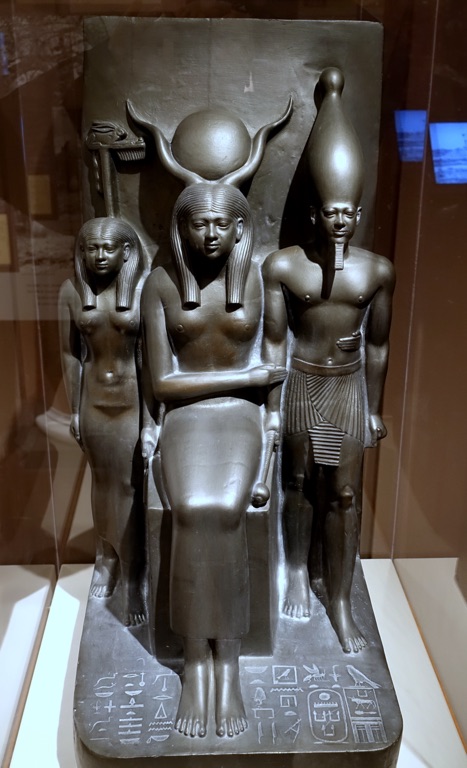
Spiritual Epicenter of Dendera
The Temple of Hathor served as the core of spiritual life in Dendera, an ancient city rich with history. Pilgrims traveled from distant lands to seek Hathor’s blessing and marvel at the temple’s grandeur. Festivals filled the temple grounds, with music and dance paying homage to the Goddess of Love and Joy. Today, the temple remains a touchstone for understanding Egypt’s past and the central role of spirituality in its culture. It offers a window into an era where deities and mortals intermingled, and where the grandness of human creation sought to mirror the majesty of the divine.
Hathor in Egyptian Mythology: Relationships with Other Gods
As one of ancient Egypt’s most beloved deities, Hathor embodies motherhood, love, and music. Her connections with other gods reflect a vast and intricate web of mythological relationships. As the daughter of Ra, the sun god, she shines with her own divine light. Her motherly bond with Horus, the falcon-headed god, highlights her protective and nurturing nature. Hathor’s identity has many layers. Some texts depict her as the wife of Horus, while others align her with Ra as his eye, demonstrating the complexity of her story. These varying narratives underscore the difficulties in pinning down precise roles within the pantheon.
Hathor and the Sky Deities
Hathor’s celestial aspect shines brightly through her association with the sky. She intertwines with Nut, the sky goddess, creating a maternal link between the heavens and the earth. This relationship signifies the cycle of rebirth and the protection of the afterlife. Nut swallows the sun each evening, a symbol of Ra’s journey through the underworld. Hathor’s role in this cosmic event is not always clear, but hints at a collaboration between sky deities to ensure the sun’s rebirth. While their relationships may be complex, the underlying themes are clear: renewal and protection reign supreme in their divine duties.
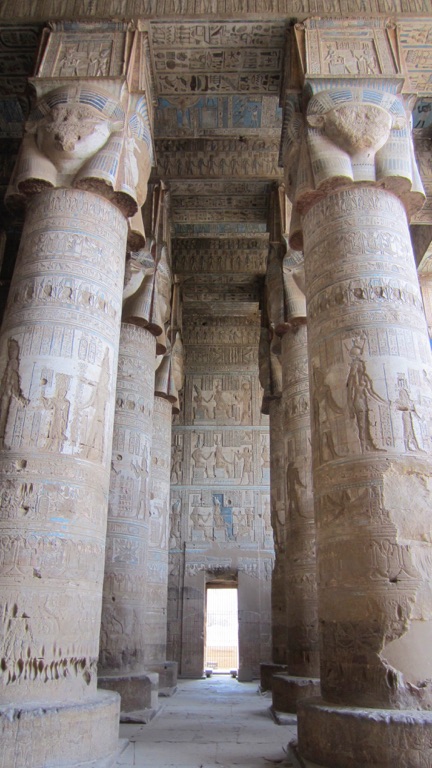
Hathor’s Role in the Afterlife
In the realm of the dead, Hathor’s connection with Osiris, the god of the afterlife, becomes central. Her presence in rituals and ceremonies aided the souls of the departed as they made their journey into the duat, or the Egyptian underworld. The “Mansion of Hathor” was a place where souls could find refreshment and comfort, administered by Hathor herself. Her relationship with Osiris highlights her role as a guiding light, easing the transition from life to death. The precise dating methods and cultural significance behind these practices might remain shrouded in mystery. Yet it’s clear that for the ancient Egyptians, Hathor was a benevolent force in the most pivotal moments of existence.
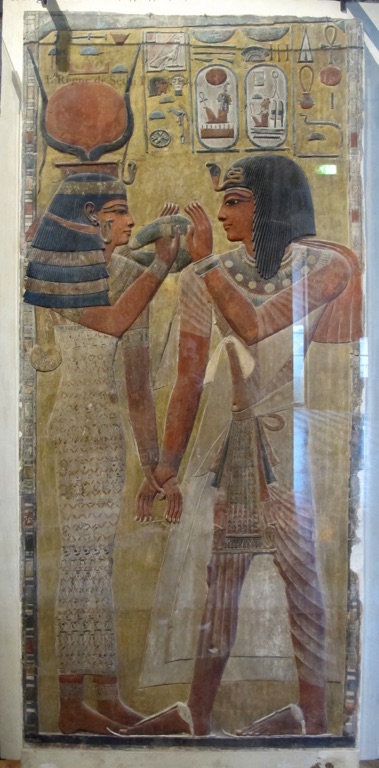
For further reading and to validate the information presented in this article, the following sources are recommended:
